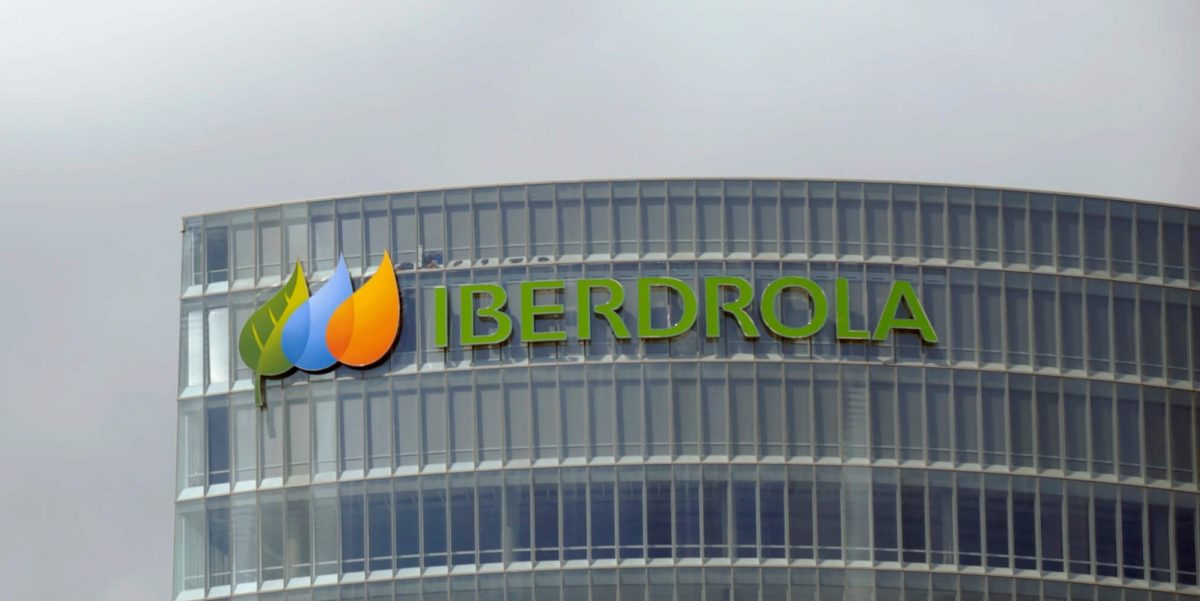From pv magazine Global | via the Hydrogen Stream
Iberdrola Australia and hydrogen developer Abel Energy will build a green hydrogen and green methanol production plant at Bell Bay in northern Tasmania, Australia. The $1.7 billion (USD $1.14 billion) Bell Bay Powerfuels project will be backed by the Australian government. “Bell Bay Powerfuels will produce 200,000 tonnes of green methanol per year in its first phase of development, rising to 300,000 tonnes in its second phase. This will make the project one of the largest in the world,” wrote the Spanish electric utility. Green methanol will primarily supply the shipping market.
Woodside Energy has awarded a contract to Air Liquide for the liquefaction equipment at its proposed H2OK hydrogen project in Ardmore, Oklahoma. “Air Liquide will provide the engineering and fabrication of two 30 tonne per day liquefaction units which will liquefy hydrogen produced through electrolysis in preparation for storage, loading and transportation to customers,” wrote the Australian company.
TECO 2030 signed a contract with ThyssenKrupp for the delivery of the first complete fuel-cell stack production line at TECO 2030 Innovation Center in Narvik, Norway. “The equipment is validated and completed in Bremen before shipment to Narvik, which takes place Q1 2024,” wrote the Norwegian start-up, with installation taking place. The facility will be the first Gigafactory in Europe for Proton Exchange Membrane (PEM) fuel cells. It will have an annual capacity of 120 MW production in 2024, increasing to 400 MW in 2025.
Ørsted has acquired the remaining 55% stake in the 50,000 tonnes/year FlagshipONE e-methanol project from the developer Liquid Wind. FlagshipONE, the company’s first commercial-scale Power-to-X facility, is expected to enter into operation in 2025 in northern Sweden and will focus on the world’s shipping industry. Ørsted will start onsite construction of FlagshipONE in the spring of 2023. The Swedish project will be on the grounds of the biomass-fired combined heat and power plant. The e-methanol will be produced using renewable electricity and biogenic carbon dioxide. The facility will use steam, process water, and cooling water from the heat and power plant. Excess heat from the e-methanol production process will be integrated into their district heating supply.
Lhyfe and Schaeffler have signed an agreement to boost green hydrogen production in Bavaria, Germany. “The plan is to build and operate an electrolysis plant on Schaeffler’s factory premises in Herzogenaurach, Franconia with a capacity of up to 15 MW,” wrote the French hydrogen producer.
The Biden-Harris Administration announced its intent to issue USD 750 million in funding from President Biden’s Bipartisan Infrastructure Law to “dramatically reduce the cost of clean-hydrogen technologies.”
This content is protected by copyright and may not be reused. If you want to cooperate with us and would like to reuse some of our content, please contact: editors@pv-magazine.com.








By submitting this form you agree to pv magazine using your data for the purposes of publishing your comment.
Your personal data will only be disclosed or otherwise transmitted to third parties for the purposes of spam filtering or if this is necessary for technical maintenance of the website. Any other transfer to third parties will not take place unless this is justified on the basis of applicable data protection regulations or if pv magazine is legally obliged to do so.
You may revoke this consent at any time with effect for the future, in which case your personal data will be deleted immediately. Otherwise, your data will be deleted if pv magazine has processed your request or the purpose of data storage is fulfilled.
Further information on data privacy can be found in our Data Protection Policy.